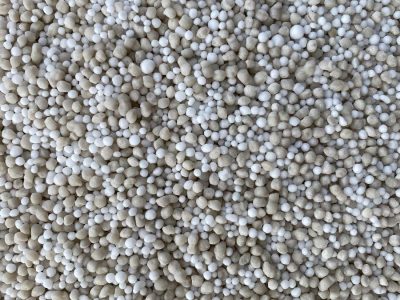$579.00/t
AMMO30 is a blend of Ammonium Sulphate and Urea, resulting in a higher N to S ratio than straight Ammonium Sulphate. Contains nitrogen in urea and ammonium forms and sulphur in readily available sulphate from.

Autumn, Winter, Spring
Copyright 2024 Dickie Direct | Terms and Conditions | Website by MRD Web